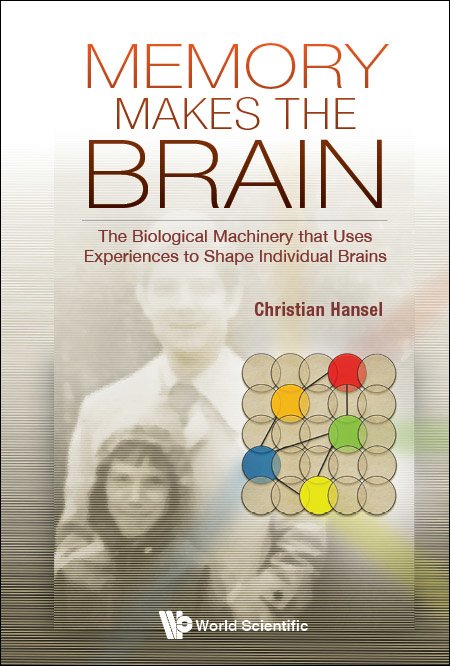System Upgrade on Tue, May 28th, 2024 at 2am (EDT)
Existing users will be able to log into the site and access content. However, E-commerce and registration of new users may not be available for up to 12 hours.For online purchase, please visit us again. Contact us at customercare@wspc.com for any enquiries.
The development of the young brain after birth and the emergence of cognitive capacities, mind, and individuality rest on the maturation of a dense net of synaptic connections between neurons. Memory Makes the Brain describes the dramatic, competitive elimination of surplus synapses that occur in the young, maturing brain — in a process called synaptic pruning that was discovered by pediatric neurologist Peter Huttenlocher in the 1970's at the University of Chicago. Explaining similarities between developmental pruning and learning processes in the adult brain, neurobiologist Christian Hansel offers a unique perspective on brain adaptation and plasticity throughout lifetime, at times weaving in personal accounts and memories. The cellular plasticity machinery that enables learning is known to be affected in brain developmental disorders such as autism. Memory Makes the Brain explains how both maturation and adult synaptic plasticity are deregulated in autism, and how we begin to trace back autism-typical behavioral abnormalities to such synaptopathies.
Sample Chapter(s)
Introduction
Contents:
- Acknowledgments
- Introduction
- Peter Huttenlocher and the Discovery of Synaptic Pruning
- Why Postnatal Brain Plasticity Is Needed: Limitations of Genetic Blueprints
- What Goes Up Must Come Down: Synaptic Potentiation and Depression
- Across Time: Shared Synaptic Plasticity Machinery in the Developing and the Adult Brain
- Synaptopathies: Synaptic Dysfunction in Autism
- The Study of Autism-Resembling Behaviors in Mouse Models
- The Memory Engram
- Limitations: The Non-Synaptic Plasticity Component
- Ensemble Sequences, Associative Plasticity and the Learning of Causal Relationships
- Plasticity and the Shaping of Individual Brains
- Index
Readership: The target audience includes psychologists, computer scientists, neurobiologists and health care professionals as well as educators and pedagogues. The book is further recommended to lay people with an interest in autism, in particular those that have acquired a basic fluency in biological terms and concepts.




